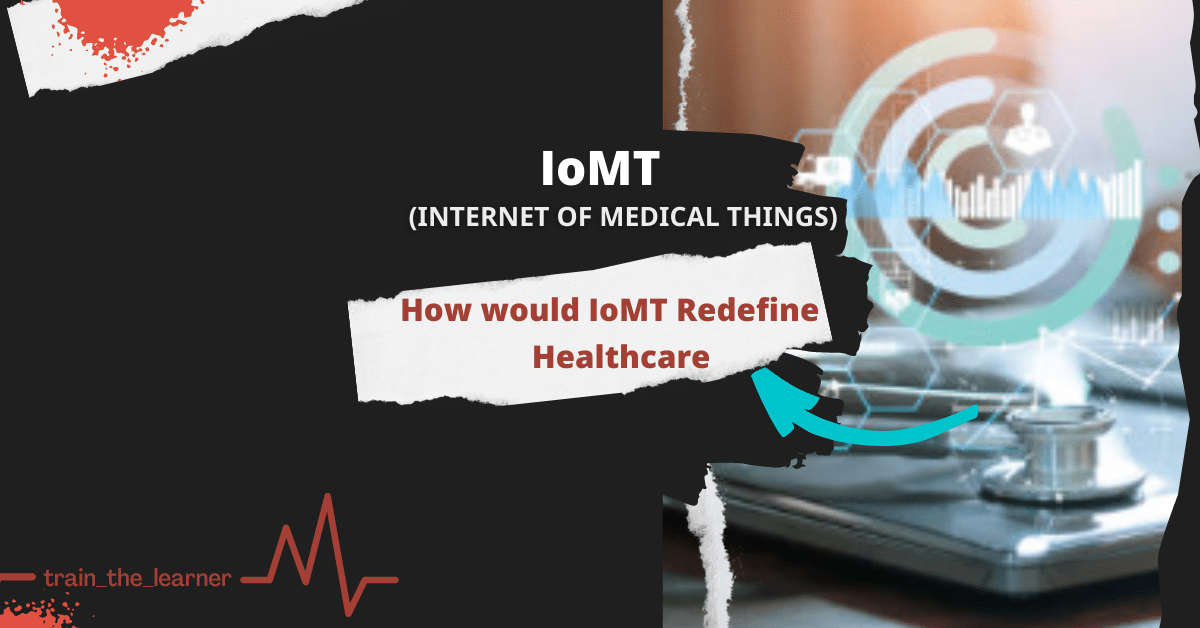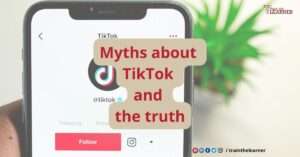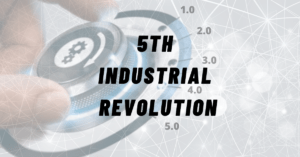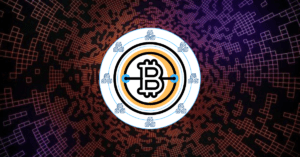IoMT (Internet of Medical Things) means innovative technological use in the Healthcare System. It includes intelligent medical equipment, monitors, and many other devices excessively used in Hospitals, pharmacies, and other healthcare units. According to a Deloitte study, by the end of 2022, the market for IoMT is predicted to grow to $52.2 billion. From biosensors to chatbots, advancements are everywhere. IoMT is changing the world to an advanced level and is a growing pool that aims to benefit humanity. Devices like biosensors, virtual caregiving, smart thermometers, health apps, improved inhalers, etc.
Need OF IoMT:
An essential aspect of digitalized healthcare is IoMT today. With an increase in the war against diseases, there is a need for a system that quickly works and gives accurate results. The requirement of a cost-effective system is of utmost importance. IoMT provides an accurate diagnosis, cost-effective therapies, and minimal error. The use of IoMT in medical apps makes communication with patients fast. The healthcare apps also save time and money and make treatment and counseling easy.
Furthermore, these technologies also eliminate the need for one-on-one medical appointments. It is a requirement of today’s era for minimized physical interaction; specifically, it helped a lot during the pandemic. While online networks also got a chance to develop for remote patient monitoring.
Benefits of IoMT:
The medical devices in the healthcare system play a significant role in saving patients’ life. So think if they are equipped with well digitalized innovative technology, how much IoMT could help fasten the healthcare sector. There are many remote patient monitoring devices to assist the patients. Few remote patient monitoring devices are devices to monitor ECG, blood pressure, sugar levels, oxygen saturation, etc.
With IoMT, digitalized patients’ credentials should be available in every healthcare area. It will also fasten the process and save time. During the pandemic, IoMT manages remote monitoring of a COVID-19 patient using sensors, gateway, Internet, and a data center. It first scans the individual using a thermal scanner and then specifies the GPS location. Later, using IoMT sends a notification to the health officer for further instructions.
In-Home Use:
IoMT develops interactions between patients and healthcare providers. It reduces physical interactions and a great response from doctors to help save lives. IoMT helps to remotely monitor patients via biosensor devices to detect chronic illness before time. Telehealth platforms get tremendous results during the pandemic and isolation and become standard.
Personal Emergency Response System (PERS) is a program aimed mainly at the elderly. Medical equipment (like biosensor wearables) connected to an emergency number can detect an emergency such as a heart attack or a fall. When no one is around the patient, patient care is at its highest level of risk. The program can call an ambulance on its own after the detection of an emergency,
Future of IoMT:
1. Cloud Integration
In different technology-driven apps, cloud integration is present. Massive data is gathered daily from several wearable sensors, such as body temperature, heartbeat sensors, etc. It is then sent to the integrated cloud with the data analytics layer via IoMT gadgets.
2. Artificial Intelligence
Artificial intelligence (AI) is now everywhere. It will become an even more vital aspect of the healthcare business during the next decade. Artificial Intelligence (AI) and cloud computing lead in diagnostic speed and accuracy and transform how we keep people safe and healthy. Significantly, the demand for solutions to lower healthcare costs will increase in the coming years. Robotic machines perform human-like tasks such as speech, problem-solving, learning, and disease mapping.
3. Biosensors
The biosensors detect vital indications such as heart rate, body temperature, and breathing rate. Biosensors help to control and monitor health and minimize hospital visits. This wearable biosensor allows remote control of virtual caregiving units. It helps in the prevention and detection of disease signs and in tracking the progression of the sickness.
You might be interested in the Benefits of 5G in Healthcare; check out this link for the infographics.
Conclusion:
To sum up, the healthcare industry is advancing to save more lives. IoMT is giving incredible benefits from managing records of patients to treating diseases. A significant boost in healthcare is due to IoMT, like Remote health monitoring systems and intelligent devices. Telemedicine platforms, robotics, and cloud computing also advance the healthcare system. IoMT contributes to disease prevention by enabling screening, early diagnosis, management, and easy living. More advances in the healthcare system are on their way. The role of IoMT during the pandemic to follow SOPS and save lives is enormous.
[Farah Ahmed writes this article during Train the Learner’s Four (4) weeks Training Program as an Article Writer]




